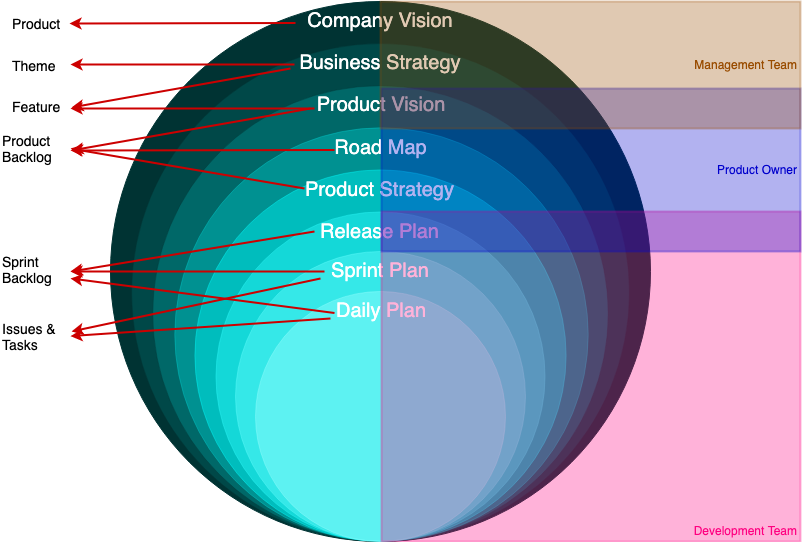Scrum
To achieve the agility in our projects, we leverage the Scrum framework. The best traits that we see in scrum are being lightweight and simple to understand. It is true that Scrum is hard to master, however, since we adopted it from the day we started the company, we are highly motivated about using it to our benefit. Please spend a bit of time to go over the Scrum Guide for more detailed information on Scrum.
Scrum Values
- Courage: People are encouraged to speak their minds both on projects that they participate as well as at town hall meetings. We focus on empowering individuals to make their own decisions in order to be more successful on delivering high quality product.
- Focus: Everyone within the company focuses on meeting the goals of the Sprint and Scrum team. This would be on both delivering the high value as well as meeting the standards of team and company.
- Commitment: People within the company are committed to achieve both company and scrum team goals.
- Respect: People are independent and it is being respected by everyone within the team.
- Openness: The scrum team agrees to be open to each other in order to create an environment for self development as well as for a better product.
Scrum Events and Artifacts
- Sprint : Every project team works on their time framed sprints. Timebox might differ from team to team, however, it must be boxed.
- Sprint Planning : Each team has their own planning meetings with Product Owners, Scrum Masters and Development Teams. This will be the agreement meeting on what will be achieved in the next sprint.
- Daily Scrum : Each team would have their scheduled meetings everyday for updating their team members on what has been done the previous day and what is the plan for the current day. Attendance to Daily Scrum is crucial and the punishment for not attending the meeting more than twice within a month is decided by the team. (Baklava is highly encouraged.)
- Sprint Review : Held at the end of every sprint to show the increment to the PO as well as the stakeholders. Each time are required to have this meeting.
- Sprint Retrospective : This meeting is regarded as the low priority by most people using Scrum, yet, this is one of the most prioritized events that we want teams to be held. This meeting helps teams to grow and understand their weaknesses as well as their strengths.
- Backlog Refinement(Grooming) : This meeting is recommended yet, not mandatory. The owner and some, or all, of the rest of the team review items on the backlog to ensure the backlog contains the appropriate items, that they are prioritized, and that the items at the top of the backlog are ready for delivery.
This event ends up producing the artifacts that can be seen below:
- Product Backlog
- Sprint Backlog
- Increment
Transparency
There are two concepts that we apply in scrum in order to achieve transparency during the scrum and within artifacts.
Acceptance Criteria can be used to leverage those two concepts.
How to Scrum?
At this point it is should be clear that all the things mentioned above are the things that we require from our project teams to apply to their projects. However, the time limits, number of project members are based on different requirements such as:
- Team structures
- Team size
- Clients needs
- Project complexity
Scrum Methodology Requirement Levels

The requirement levels diagram below summarizes what are the responsibilities for each entity as well as where the requirements fall under scrum.